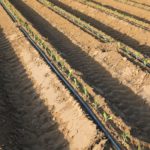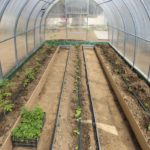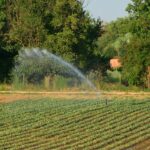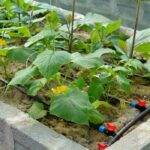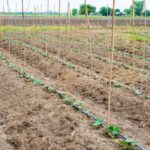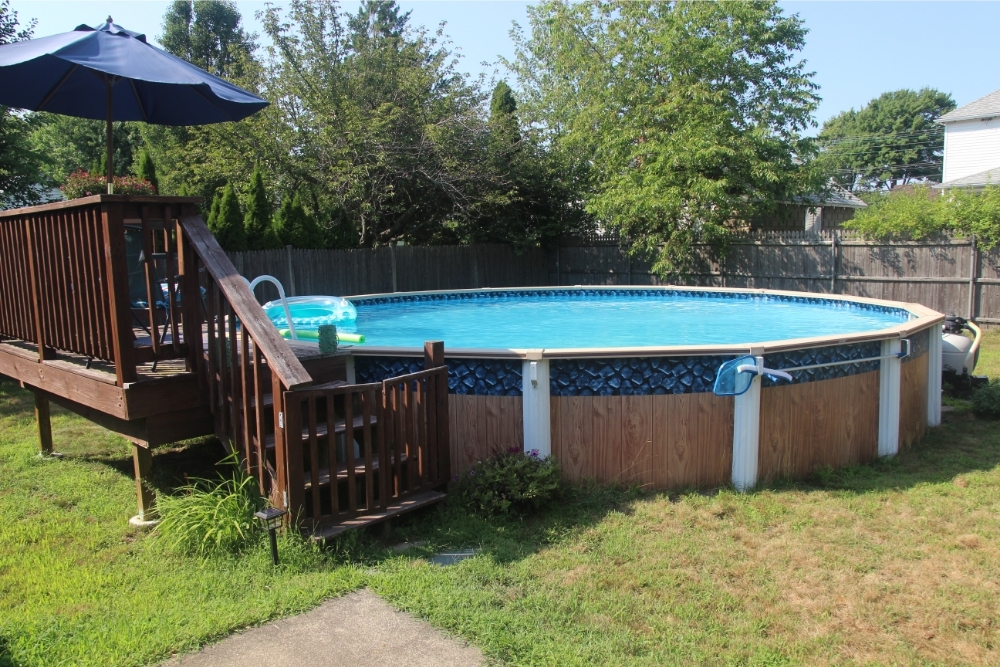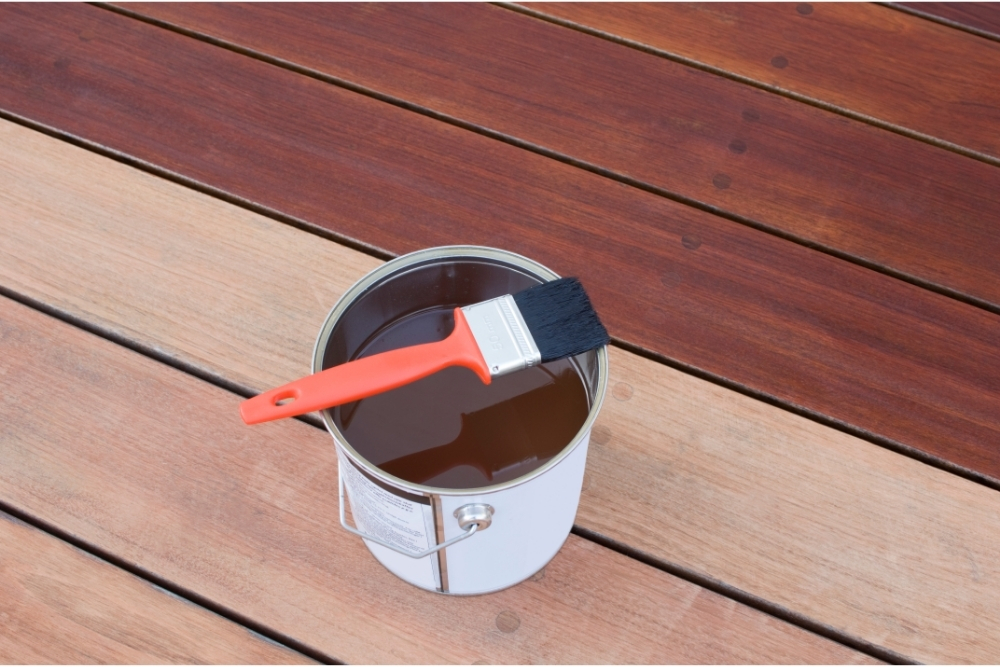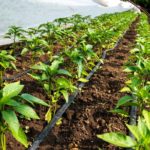Water is a precious resource, and it’s essential to not only use it with care but also to take steps to actively conserve it. That’s why farmers and backyard gardeners alike are continually looking for innovative solutions to conserve water — it’s the best way to reduce their water costs. One of the most popular solutions these days is drip irrigation.
The minimal, focused application of water in a drip irrigation system means that it needs less pressure to run. Compared to conventional high-energy, high-pressure irrigation systems, this system uses almost 50% less energy, which saves on costs. Water efficiency is also increased by 40-70%.
When it comes to watering trees and plants, drip irrigation has several important benefits. In addition to saving money and water, this system helps prevent the spread and growth of the fungal disease in plants. Let’s take a closer look at how this system works, its various benefits and drawbacks, and, most importantly, how can this system help you save money.
How Does Drip Irrigation Work?
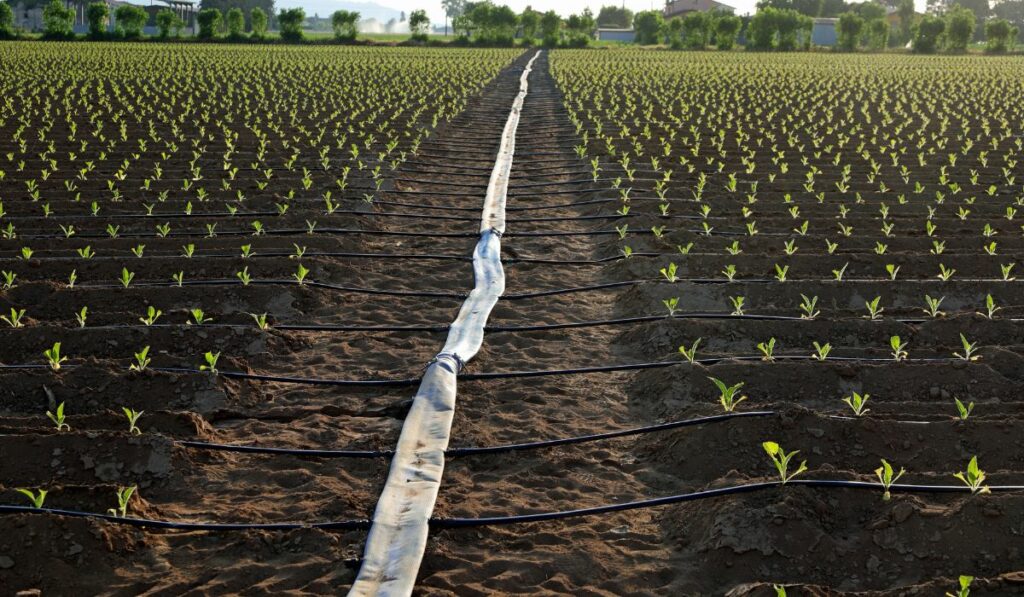
A drip irrigation system like this one (on Amazon) works by applying water slowly, uniformly, and in small amounts across a specific area. There are two common types of drip irrigation systems:
- Surface Drip Irrigation System: This system is typically added after the crops are planted. It provides excellent irrigation support during dry spells.
- Subsurface Drip Irrigation System: This system is commonly installed for high-value produce crops. The tubings in this system are placed underground.
Both of these systems come with various benefits, which include targeted fertilizer and water application, reduced water usage compared to other irrigation methods, and energy and cost savings.
Does Drip Irrigation Save Money?
A drip irrigation system helps to save both money and water. Generally, a lawn needs almost one inch of water every week to thrive during the dry season. To provide this one-inch of water to your lawn, you’ll need about a half gallon of water — or 0.6 gallons per square foot.
Traditional methods of irrigation are only about 60% effective due to evaporation, drift, and runoff. Therefore, you’ll need to increase the amount of water you apply to your lawn by 40%. This will bring the amount of water needed per square foot to 0.84 gallons.
That means that you’ll need 84 gallons of water for every 10-foot square area, and for a big lawn that’s around 200×200 feet, for example, you’ll need 33,600 gallons of water every week!
If you want to calculate the amount of water you’ll need for your landscaping, measure the length and width of your lawn and multiply them to find out the area of your lawn in square feet. Multiply this number by 0.84, and you now have the total amount of water you’ll need for your lawn per week.
Let’s try to understand this with the help of an example. Let’s suppose the size of your lawn is 7,500 square feet. For a lawn of this size, you’ll need almost 6,300 gallons of water per week.
If the water cost is $2 per 1,000 gallons, so the weekly cost of watering your lawn will come to around $12.60 per week. When we calculate this amount for a year, it comes to 327,600 gallons of water, costing a whopping $655.
Now, if you had a drip irrigation system installed on your lawn, the weekly cost of watering your lawn would be about $5. This means that your lawn will not only be healthier, but you’ll also be able to save around $400 per year. You’ll also be able to save approximately 164,000 gallons of water annually, which is a crucial added bonus.
Does Drip Irrigation Use Less Water?
The concept behind the drip irrigation system is quite simple: A network of emitters (on Amazon) and plastic tubings is used to deliver water slowly, frequently, accurately, and directly to the plant’s root zone.
This system keeps the root zone moist but not overly saturated. As a result, the plant is able to maintain a perfect balance between air and water.
Compared to traditional sprinkler systems, the drip system uses 20-50% less water. The water applied to plants in the drip system seeps into the ground, eliminating any water loss due to evaporation, drift, and runoff. This helps in a considerable amount of water conservation per year.
The increased focus on water conservation in various state regulations has caused many homeowners and commercial property managers to switch to drip irrigation systems to save water and improve efficiency while reducing maintenance.
In fact, various drip irrigation products even enjoy certain exemptions from water management district restrictions because of their high level of efficiency.
What Are the Benefits of Drip Irrigation?
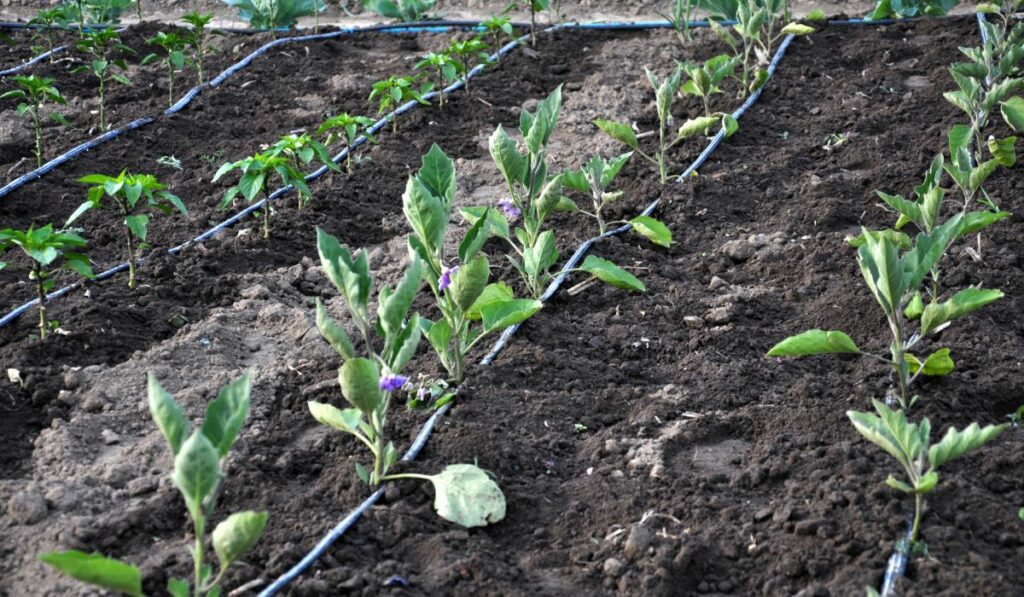
Drip irrigation is suitable for various applications, including watering landscapes and shrubs, raised planters and foundation planting, and larger trees. Its many benefits include:
Helps to Save Water
Compared to conventional irrigation methods, drip irrigation reduces water usage by 30% to 70%. Watering your lawn with sprinklers, meanwhile, can result in water loss due to evaporation, scattered spray from wind, deep leaching, and runoff.
Preserves the Aesthetics of Your Lawn
In the drip system, there are no sprinkler heads or unobtrusive risers to diminish the aesthetic value of your landscape. You can easily hide the drip tubes beneath the soil or under mulch to make sure that they aren’t visible. This also helps to eliminate spray on fencing, buildings, pedestrians, or windows.
Boosts Plant Health
The healthy growth of plants, shrubs, and turf grass requires a slow and steady application of water directly to the plant roots. Maintaining the ideal soil moisture level also helps to minimize plant stress and ensure faster growth.
In drip irrigation, the foliage also remains dry, which reduces fungal diseases and prevents the leaves and flowers from rotting.
Reduces Weed Growth
As drip irrigation provides water only to a small area near the plant, there’s hardly any water for weeds to grow and thrive.
Optimal Fertilization
You can use the drip irrigation system to deliver water-soluble plant food directly to the plant root zone.
Customizable
You can add more tubings and emitters as your landscaped area increases or your plants grow. It’s also possible to change the position of the existing emitters if you feel that your plants aren’t getting the optimal amount of water.
Moreover, this system can be attached to timers (on Amazon) and conventional electric valves for further convenience.
Ease of Installation
The drip irrigation system can be installed easily in tight, awkwardly-shaped fields that are difficult to water with conventional irrigation methods. Drip lines are quite flexible and can be used around any planting shape.
Suitable for Slopes
Using traditional sprinklers on slopes can create wasteful runoff, while drip irrigation applies water slowly to the soil, allowing it to absorb almost all the moisture.
Disadvantages of Drip Irrigation
The few disadvantages of the drip irrigation system are as follows:
- The initial installation may take some time. In some cases, you might even need court approval before you proceed.
- Improper installation can be a waste of time, heat, and water.
- The heat from the sun can damage the tubes. They can develop leaks or break down after some time.
- Degraded plastic tubes can affect the fertility of the soil.
- Clogging of tubes can occur, and disruption in the flow of water can result in root dehydration.
- High initial cost makes this system more expensive at the start.

